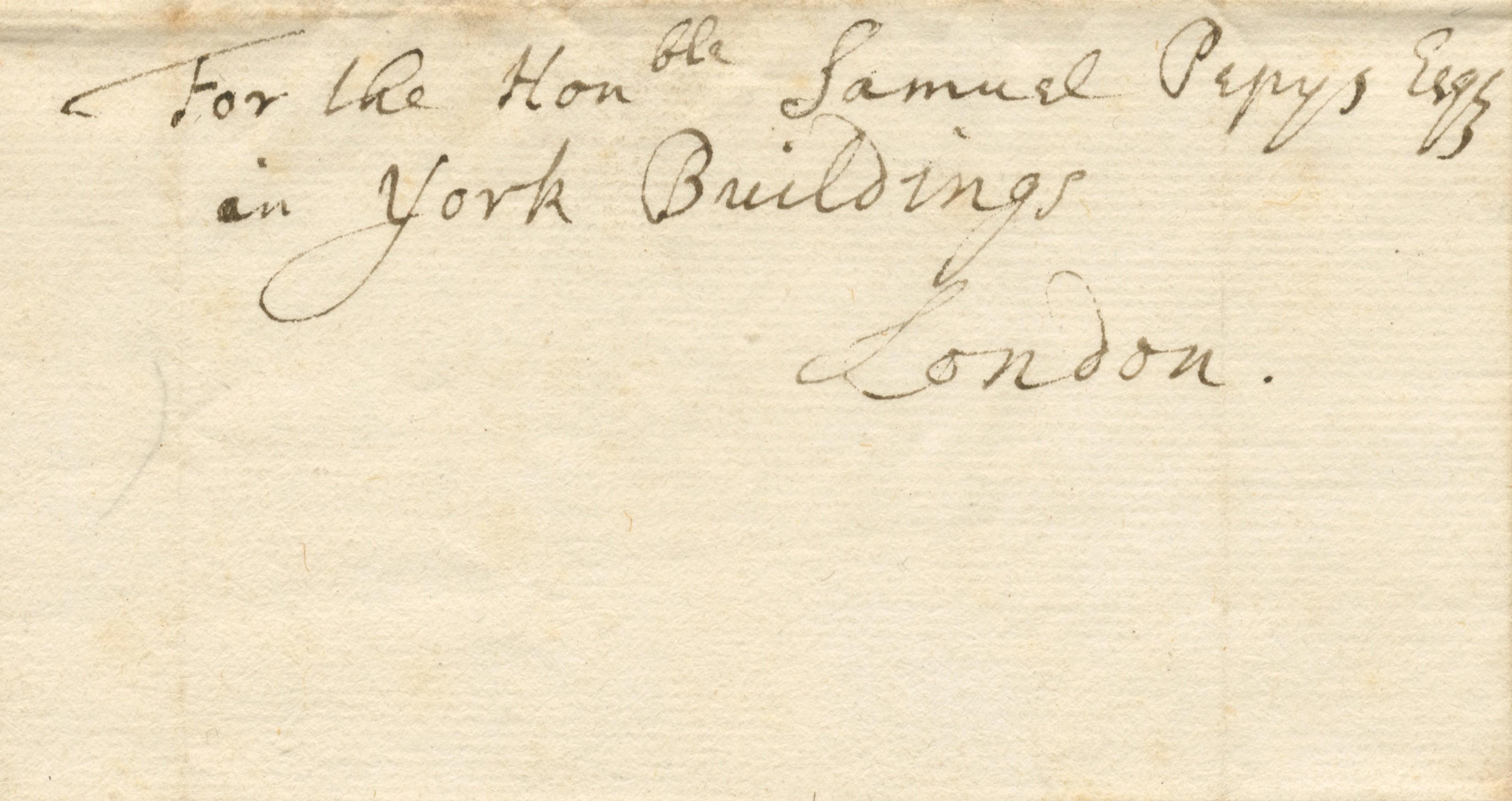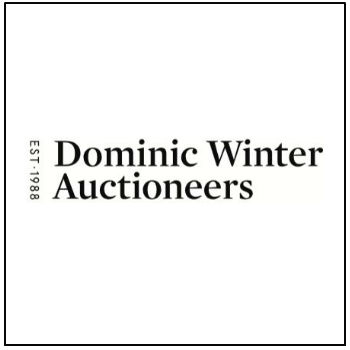NEWTON (ISAAC)Opticks: or, a Treatise of the Reflections, Refractions, Inflections and Colours of Light. The Third Edition, Corrected, JOHN DAVIES' COPY, ANNOTATED AND WITH ADDITIONAL MANUSCRIPT MEMOIR BOUND IN, 12 folding engraved plates (one slightly shaved touching neatline, 2 with minor archival repair to fore-edge), 13 full-page manuscript notes before title, approximately 20 side-notes or minor annotations, modern blindstamped calf antique, red gilt morocco spine label [Babson 135], 8vo, William and John Innys, 1721FootnotesThe enlarged third, and last lifetime, edition of Newton's Opticks, which "did for light what his Principia had done for gravitation, namely, placed it on a scientific basis" (Babson, quoting Prof. E.W. Brown of Yale University), inscribed, annotated, and with inserted manuscript material by John Davies (1679-1732). Educated at the Charterhouse School, and then Queens' College, Cambridge, for which he was made President in 1717, and vice-chancellor in 1726. It seems probable that Davies would have crossed paths with Newton, as "the world of scientific learning... did not forget that a man of superlative quality lived and worked in Cambridge" (ODNB) as his reputation grew. Davies was a close friend of the classical scholar Richard Bentley and an editor of the works of Cicero, Caesar, Lactantius, Minucius Felix, and Maximus of Tyre. He has signed and dated this volume ("I. Davies / 1725") in a practised print hand, and mingled that hand with a fine neat italic elsewhere (for comparison, see British Library MS Stowe 750, fol. 252), in particular for the biographical material. His annotations in Opticks show a close reading of the text, referencing in his side-notes to works by John Locke (Concerning Human Understanding), George Cheyne (An Essay on Health, 1724), John Ray and the Dutch mathematician Willem Jacob 's Gravesande. Beneath his signature, Davies writes a preliminary comment concerning Newton's notes on colours, sunlight and refractions (citing his chapter on "Homogeneal light", pp.106-108). Evidence of Davies' reading beyond the text is indicated with long quotation from Swift's Proposal for Correcting the English Tongue (1712), and a couplet from Roscommon's translation of Horace ("Such secrets are not easily found out; But, once discovered, leaves no room for doubt"), and, more obviously related to Newton, on the rear pastedown a two-line 'Epitaph' on Newton copied from a periodical of 1731, and two printed memorial clippings. Of particular interest is Davies's twelve-page manuscript memoir of Newton bound in at the front. This is based very closely on two printed sources, Bernard Le Bovier de Fontenelle's Éloge de Newton (in its English translation of 1728), and the biographical preface to Henry Pemberton's View of Sir Isaac Newton's Philosophy (1728). But Davies revises, corrects, rearranges, and selects from the former, eliminating almost everything regarding the Principia, and adds additional information (e.g., the dates of Newton's Cambridge degrees, the name of Newton's mother – not 'Anne' Ayscough but 'Hannah'). Davies also includes a reference, seemingly absent from both Fontenelle and Pemberton's accounts, to the fact that "Sr. Isaac in one of his private letters, was of Opinion that the Frame of Nature may be nothing but various Contexture of aetherial Spirits or Vapours condens'd as it were by precipitation...". This famous speculation is actually not found in a 'private letter', but in Newton's Hypothesis Explaining the Properties of Light discoursed of in my several Papers, as sent to Royal Society, in January 1675/6, and first printed by the Society in December 1675, an indication that Davies was engaging with Newton's writings beyond the more commonly available sources. For a recently-discovered manuscript of another Cambridge man close to Newton, see the notebook of his amanuensis John Wickins sold in these rooms on 31 March 2021. Provenance: John Davies (1679-1732), ownersh
NEWTON (ISAAC)Opticks: or, a Treatise of the Reflections, Refractions, Inflections and Colours of Light. The Third Edition, Corrected, JOHN DAVIES' COPY, ANNOTATED AND WITH ADDITIONAL MANUSCRIPT MEMOIR BOUND IN, 12 folding engraved plates (one slightly shaved touching neatline, 2 with minor archival repair to fore-edge), 13 full-page manuscript notes before title, approximately 20 side-notes or minor annotations, modern blindstamped calf antique, red gilt morocco spine label [Babson 135], 8vo, William and John Innys, 1721FootnotesThe enlarged third, and last lifetime, edition of Newton's Opticks, which "did for light what his Principia had done for gravitation, namely, placed it on a scientific basis" (Babson, quoting Prof. E.W. Brown of Yale University), inscribed, annotated, and with inserted manuscript material by John Davies (1679-1732). Educated at the Charterhouse School, and then Queens' College, Cambridge, for which he was made President in 1717, and vice-chancellor in 1726. It seems probable that Davies would have crossed paths with Newton, as "the world of scientific learning... did not forget that a man of superlative quality lived and worked in Cambridge" (ODNB) as his reputation grew. Davies was a close friend of the classical scholar Richard Bentley and an editor of the works of Cicero, Caesar, Lactantius, Minucius Felix, and Maximus of Tyre. He has signed and dated this volume ("I. Davies / 1725") in a practised print hand, and mingled that hand with a fine neat italic elsewhere (for comparison, see British Library MS Stowe 750, fol. 252), in particular for the biographical material. His annotations in Opticks show a close reading of the text, referencing in his side-notes to works by John Locke (Concerning Human Understanding), George Cheyne (An Essay on Health, 1724), John Ray and the Dutch mathematician Willem Jacob 's Gravesande. Beneath his signature, Davies writes a preliminary comment concerning Newton's notes on colours, sunlight and refractions (citing his chapter on "Homogeneal light", pp.106-108). Evidence of Davies' reading beyond the text is indicated with long quotation from Swift's Proposal for Correcting the English Tongue (1712), and a couplet from Roscommon's translation of Horace ("Such secrets are not easily found out; But, once discovered, leaves no room for doubt"), and, more obviously related to Newton, on the rear pastedown a two-line 'Epitaph' on Newton copied from a periodical of 1731, and two printed memorial clippings. Of particular interest is Davies's twelve-page manuscript memoir of Newton bound in at the front. This is based very closely on two printed sources, Bernard Le Bovier de Fontenelle's Éloge de Newton (in its English translation of 1728), and the biographical preface to Henry Pemberton's View of Sir Isaac Newton's Philosophy (1728). But Davies revises, corrects, rearranges, and selects from the former, eliminating almost everything regarding the Principia, and adds additional information (e.g., the dates of Newton's Cambridge degrees, the name of Newton's mother – not 'Anne' Ayscough but 'Hannah'). Davies also includes a reference, seemingly absent from both Fontenelle and Pemberton's accounts, to the fact that "Sr. Isaac in one of his private letters, was of Opinion that the Frame of Nature may be nothing but various Contexture of aetherial Spirits or Vapours condens'd as it were by precipitation...". This famous speculation is actually not found in a 'private letter', but in Newton's Hypothesis Explaining the Properties of Light discoursed of in my several Papers, as sent to Royal Society, in January 1675/6, and first printed by the Society in December 1675, an indication that Davies was engaging with Newton's writings beyond the more commonly available sources. For a recently-discovered manuscript of another Cambridge man close to Newton, see the notebook of his amanuensis John Wickins sold in these rooms on 31 March 2021. Provenance: John Davies (1679-1732), ownersh



.jpg)

.jpg)

.jpg)







Testen Sie LotSearch und seine Premium-Features 7 Tage - ohne Kosten!
Lassen Sie sich automatisch über neue Objekte in kommenden Auktionen benachrichtigen.
Suchauftrag anlegen